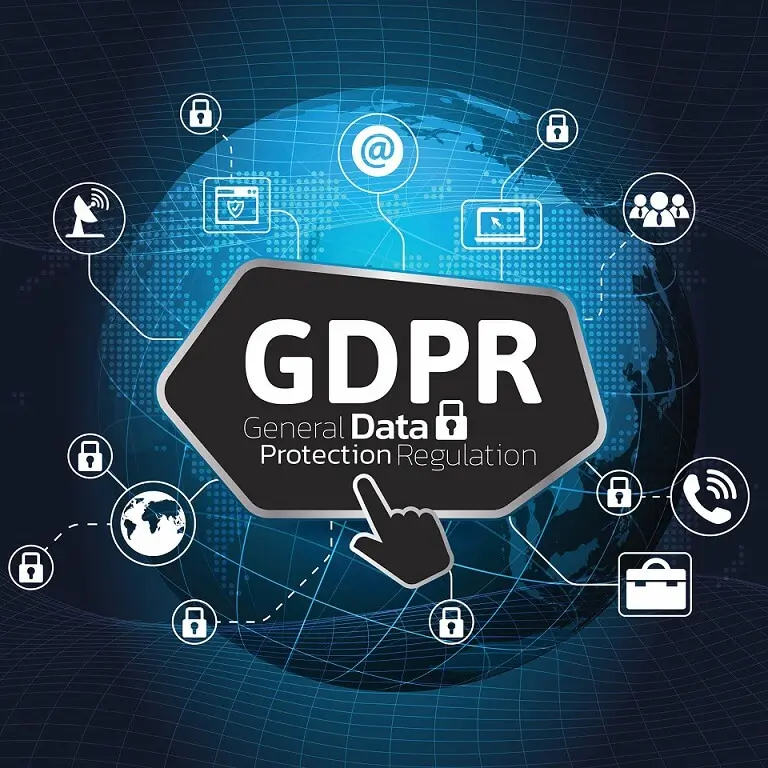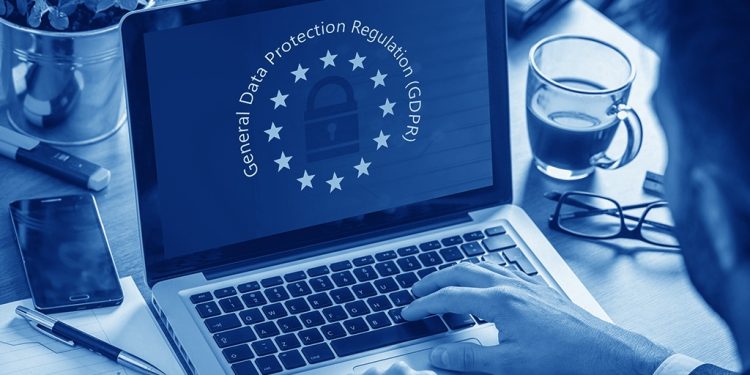The integration of blockchain technology into modern digital infrastructure has brought profound changes to the ways data is stored, verified, and shared. At the same time, data protection regulations such as the European Union’s General Data Protection Regulation (GDPR) have established strict rules regarding how personal data must be handled, emphasizing privacy, security, transparency, and user control. The intersection of blockchain and data protection law presents fundamental design challenges that must be addressed for the responsible and lawful deployment of distributed ledger technologies.
GDPR enforces principles such as data minimization, purpose limitation, and the right to erasure. These requirements stand in contrast with blockchain’s foundational characteristics—immutability, decentralization, and transparency. Once data is recorded on a public blockchain, it becomes virtually impossible to alter or delete it. This inherent permanence directly challenges GDPR’s mandate that individuals have the right to request the deletion of their personal data at any time. Therefore, blockchain systems that process personal data must be carefully architected to comply with privacy obligations without compromising functionality or integrity.
One of the primary legal challenges arises from the definition of roles within a decentralized system. GDPR applies to data controllers and processors, roles that are clearly defined in centralized architectures. However, in blockchain networks, there is often no central authority controlling data processing activities. Participants may include protocol developers, miners or validators, smart contract deployers, and end-users, making it difficult to determine legal accountability. Legal scholars and regulators have yet to establish a universal framework for mapping GDPR roles to decentralized actors, leading to uncertainty and risk for blockchain-based service providers.
To address compliance, many blockchain applications are adopting hybrid models that separate personal data from the ledger. Off-chain storage solutions, such as traditional databases, distributed file systems like IPFS, or privacy-preserving identity frameworks, allow personal data to be modified or deleted as needed, while only cryptographic references (such as hashes) are stored on-chain. This approach supports GDPR principles by enabling the modification or erasure of data without undermining blockchain’s integrity.
Encryption is another critical component of GDPR-aligned blockchain design. While encryption alone does not exempt data from GDPR, the use of robust cryptographic techniques—combined with key management protocols—can help protect sensitive information and limit unauthorized access. In some cases, the deletion of encryption keys may serve as a functional equivalent to data erasure, although legal recognition of this method varies by jurisdiction.
Emerging cryptographic techniques such as zero-knowledge proofs, homomorphic encryption, and multiparty computation provide additional tools for maintaining user privacy on blockchain networks. These technologies allow verification of information without exposing the underlying data, enabling secure and compliant transactions even in trustless environments. By incorporating these techniques, developers can ensure that user privacy is preserved without reducing transparency or accountability.

Decentralized identity (DID) and self-sovereign identity (SSI) frameworks also play a crucial role in reconciling blockchain with GDPR. These systems give users full control over their identity data, enabling selective disclosure and revocable access. Instead of storing identity attributes directly on-chain, DID solutions use blockchain only as a verification layer, maintaining data compliance while benefiting from decentralized security and reliability.
Smart contracts present additional compliance challenges. Once deployed, smart contracts are immutable and autonomous, making it difficult to correct errors or respond to user data requests. Legal enforceability is also uncertain in many jurisdictions. To mitigate these issues, developers can design smart contracts with upgradeable components, kill-switch mechanisms, or external governance controls, allowing a balance between automation and legal oversight.
Globally, the influence of GDPR is evident as other jurisdictions introduce similar data protection laws, including Brazil’s LGPD, California’s CCPA, and South Korea’s PIPA. As a result, blockchain developers building for international markets must consider a wide range of compliance requirements. Adopting privacy-by-design principles and aligning systems with the strictest standards ensures better global compatibility and reduces legal exposure.
Achieving GDPR compliance does not mean abandoning the core principles of blockchain. Instead, it requires thoughtful architecture, legal foresight, and cross-disciplinary collaboration. Privacy can coexist with decentralization, and blockchain-based systems can empower users while respecting their legal rights. As regulatory frameworks evolve and technical solutions mature, blockchain will continue to advance as a foundational component of secure and compliant digital ecosystems.
















































